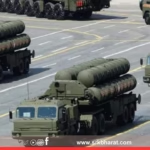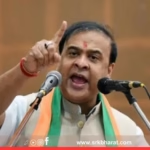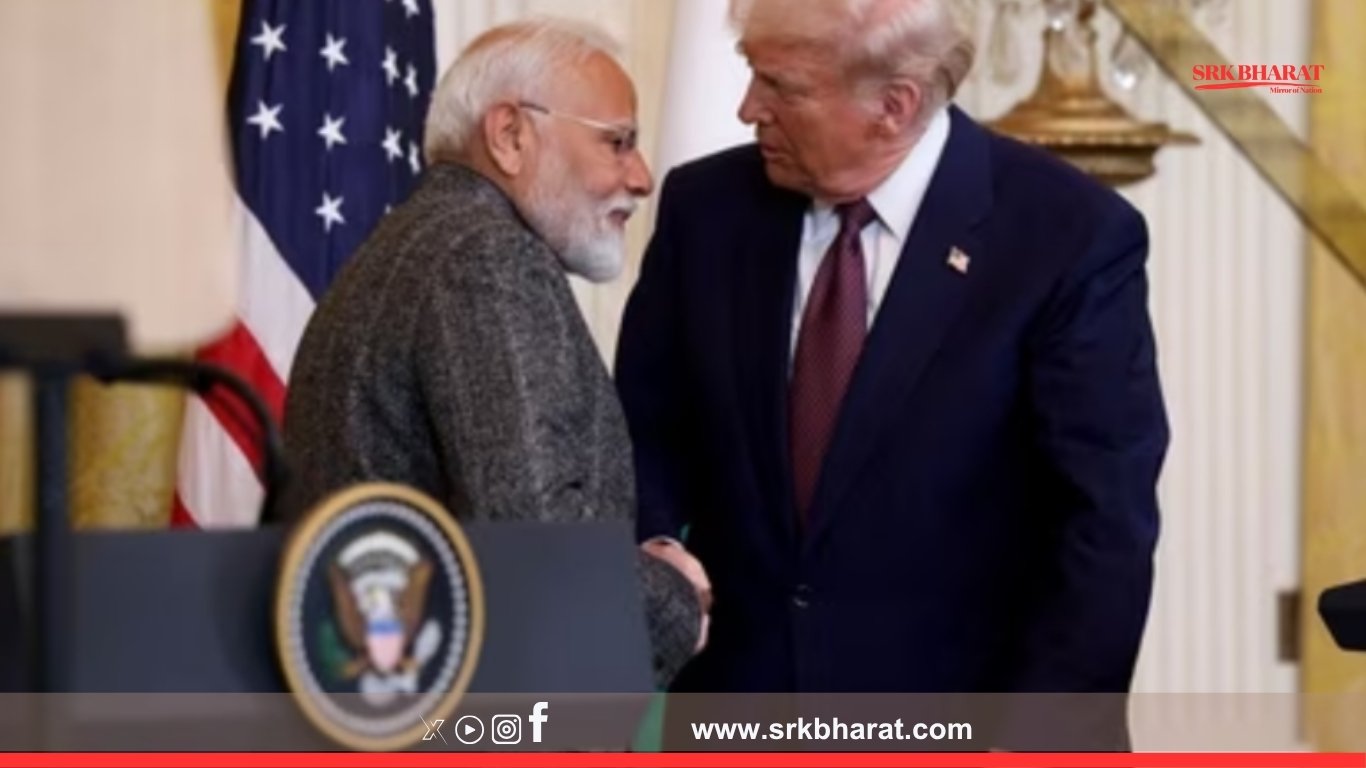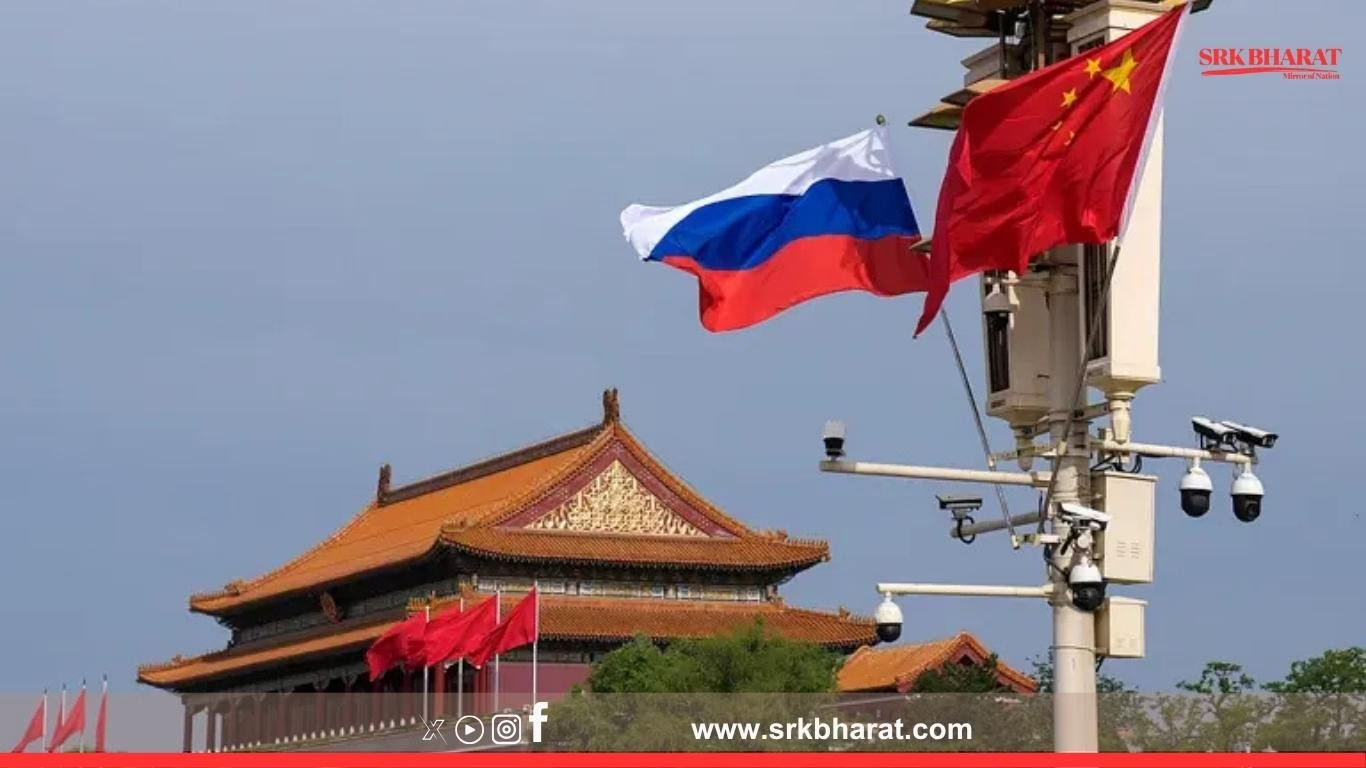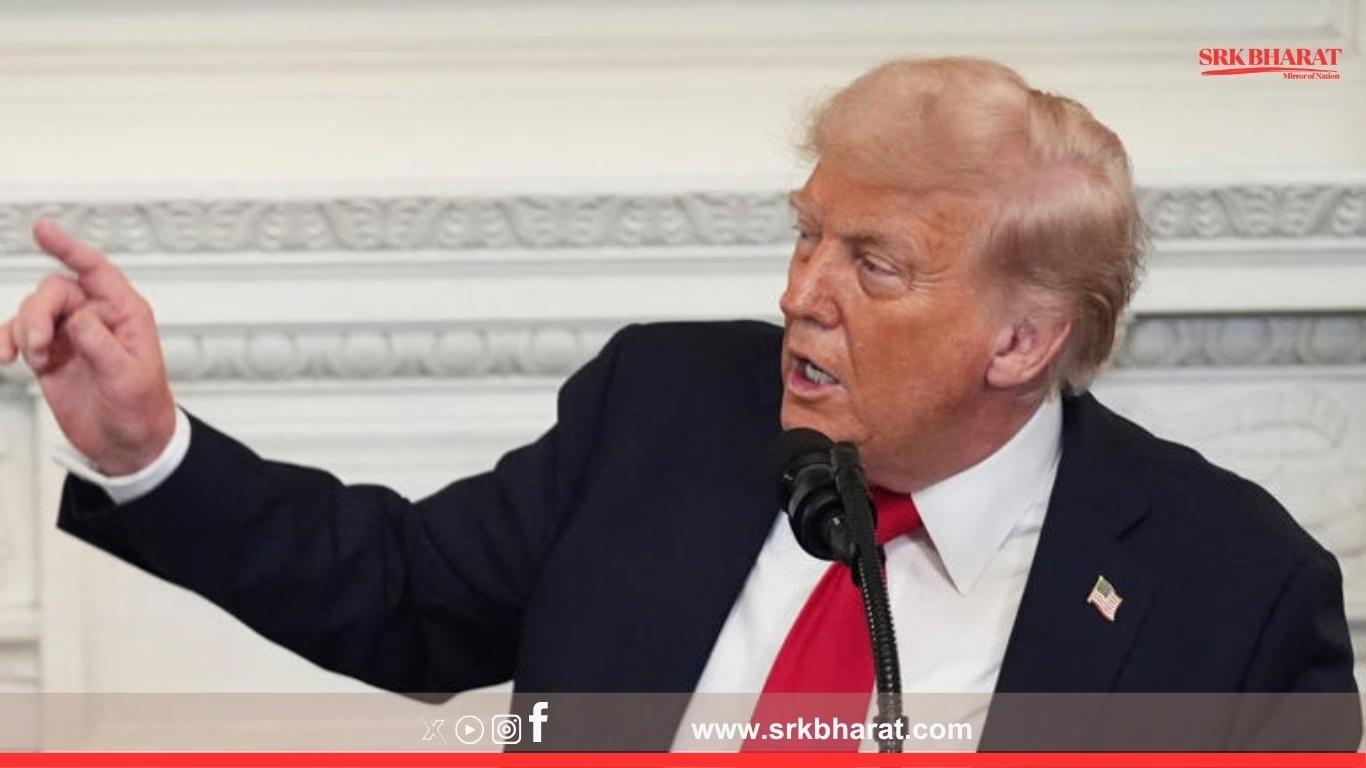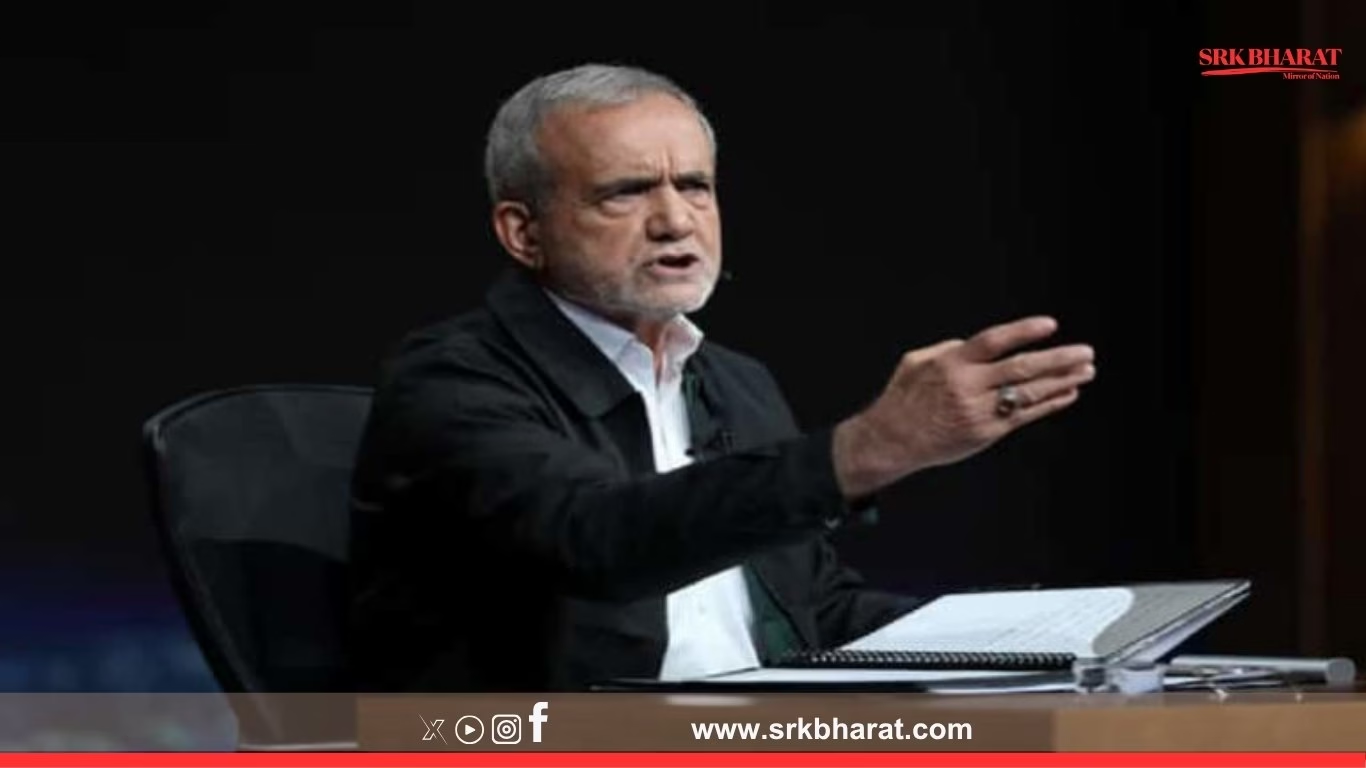In a fresh development that could impact bilateral economic ties, former US President Donald Trump has reiterated his tough stance on trade tariffs with India, stating that New Delhi must open its markets further or face higher duties on exports to America if he returns to office in January 2026. His remarks come amid ongoing negotiations under the India-US Trade Policy Forum, with talks intensifying ahead of the US presidential election.
🔍 Key Highlights Of Trump’s Latest Tariff Remarks
| Aspect | Details |
|---|---|
| Speaker | Donald Trump, Republican Presidential Candidate |
| Occasion | Campaign rally in Wisconsin |
| Date | July 2, 2025 |
| Statement | “India continues to tax American goods unfairly. If they don’t open their markets, we will impose tariffs bigger than before.” |
| Context | Ongoing US-India trade negotiations under Trade Policy Forum |
🗣️ Trump’s Exact Words
During his rally, Trump said:
“We love India, but they charge us massive tariffs on motorcycles, agricultural goods, and tech products. When I am back, unless India opens up fully to American companies and farmers, we will impose tariffs far bigger than before. They need us more than we need them.”
This statement is consistent with his earlier 2019-2020 policy when India lost its GSP (Generalized System of Preferences) benefits due to “lack of equitable market access” as determined by the Trump administration.
📊 India-US Trade Snapshot
| Parameter | 2024 Data (USD Billion) |
|---|---|
| Total bilateral trade | 192.3 |
| India’s exports to US | 110.5 |
| India’s imports from US | 81.8 |
| Trade balance | +28.7 in favour of India |
| Top Indian exports | Pharma, textiles, gems & jewellery, auto parts, IT services |
| Top US exports | Crude oil, LNG, aircraft parts, almonds, tech equipment |
(Source: Ministry of Commerce & Industry, India)
💡 Why Tariffs Remain A Sticking Point
- India’s duties on US products: High tariffs on items like Harley Davidson motorcycles, apples, almonds, and certain tech imports have long irked US negotiators.
- US duties on Indian steel and aluminium: Despite partial rollbacks under Biden, tariffs remain from Trump’s 2018 national security-based imposition.
- Digital services tax: India’s equalisation levy on tech giants remains contentious under US trade laws.
- Pharma and medical device market access: US demands price deregulation for imported stents and knee implants.
🗣️ Indian Government’s Response
Senior Commerce Ministry officials, speaking anonymously, stated:
“We will continue negotiations under the Trade Policy Forum with any administration. India has legitimate concerns about agricultural imports and domestic manufacturing protection. Talks must be balanced.”
🔎 Current Status Of India-US Trade Negotiations
| Round | Date | Focus Area |
|---|---|---|
| TPF Ministerial | March 2025 | Market access for agricultural goods, digital trade norms |
| Working group | May 2025 | Mutual recognition of pharma standards |
| Ongoing round | July 2025 | Tariffs on steel, aluminium, and agri produce |
🏛️ Political Reactions In India
BJP spokesperson Gopal Krishna Agarwal:
“India under PM Modi has protected its farmers and small manufacturers while expanding trade. We will engage with any US leadership based on mutual respect.”
Congress leader Jairam Ramesh:
“Trump’s statements prove the risk of unpredictable trade policy if he returns. India must diversify markets to reduce dependence on the US.”
💬 US Industry Reactions
The US-India Business Council (USIBC) urged calm, stating:
“Strong bipartisan support exists for India-US economic ties. We hope both nations avoid tariff escalations and work towards a comprehensive trade pact.”
🔍 Recent India-US Trade Flashpoints Under Trump
| Year | Policy Action | Impact |
|---|---|---|
| 2018 | Imposed 25% tariff on steel and 10% on aluminium imports from India | Hurt Indian metal exports |
| 2019 | Terminated India’s GSP benefits citing market access issues | ~$6 billion worth of duty-free exports affected |
| 2020 | Threatened retaliatory tariffs on Indian pharma exports during Covid-19 hydroxychloroquine export dispute | Resolved diplomatically |
💡 Strategic Implications
- If Trump returns in 2026, India may face aggressive tariff negotiations.
- Potential impact on Indian IT, textile, and automotive component exports, sectors heavily reliant on US market access.
- India’s trade diversification push, including FTAs with UAE, Australia, UK, and EU, may intensify to hedge risks.
- Defence and technology cooperation under US-India strategic partnership could act as stabilising factors.
🗣️ Trade Experts’ Views
Prof. Biswajit Dhar, JNU:
“Trump’s statements are a clear signal. India must prepare a dual strategy: deepen ties with US industry groups and accelerate ASEAN, EU trade deals.”
Richard M Rossow, CSIS:
“Biden had de-escalated trade tensions. Trump 2.0 may reimpose tough tariffs unless India opens sectors like agriculture and digital retail.”
🔮 What Next?
India’s trade negotiators will seek to:
- Finalise agreements on mutual recognition of standards for pharma and food products
- Secure exemption from US steel and aluminium tariffs under national security waivers
- Negotiate digital tax issues through OECD frameworks to avoid unilateral US retaliatory tariffs
Meanwhile, Trump continues to use tariffs as a campaign tool, appealing to American farmers and manufacturers in swing states hit by import competition.
✅ Key Takeaways
- Donald Trump warned of imposing higher tariffs on Indian exports if India does not open markets further, placing pressure ahead of the US elections.
- India remains cautious, balancing protection of its farmers and small manufacturers with access to the crucial US market.
- Trade experts anticipate intense negotiations post-November 2025 should Trump win, while India hedges risks through diversification of export destinations.
📝 Conclusion
Trump’s statement reiterates the transactional approach characterising his first presidency. For India, the road ahead involves pragmatic diplomacy, strong industry engagement with US stakeholders, and swift execution of alternative trade pacts to minimise exposure to unilateral tariff threats by any future US administration.
📌 Disclaimer
This news content is for informational and editorial purposes only. Data has been sourced from official government statements, trade expert interviews, and industry council reports. For official negotiation updates, readers are advised to refer to the Ministry of Commerce & Industry and the Office of the United States Trade Representative.





